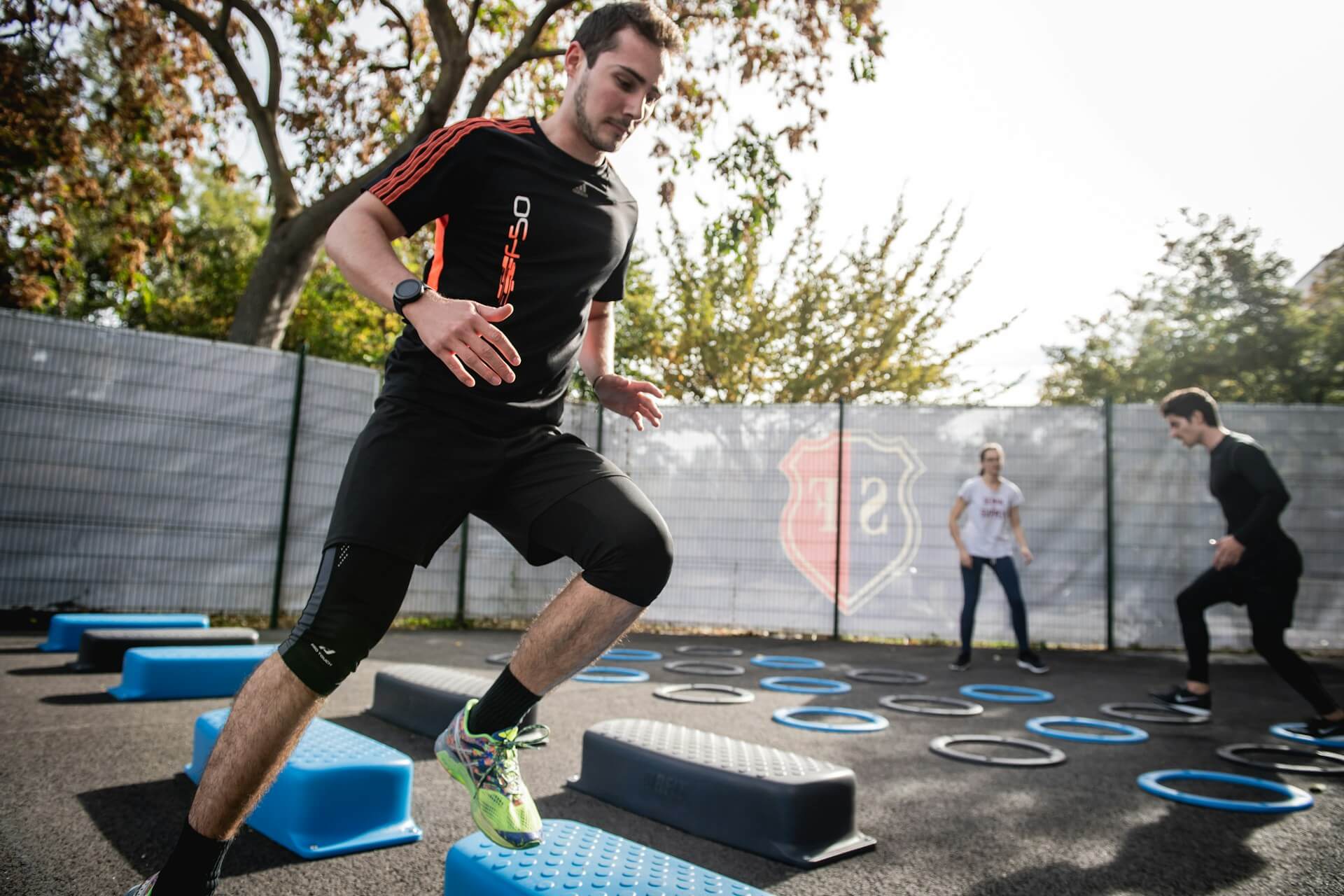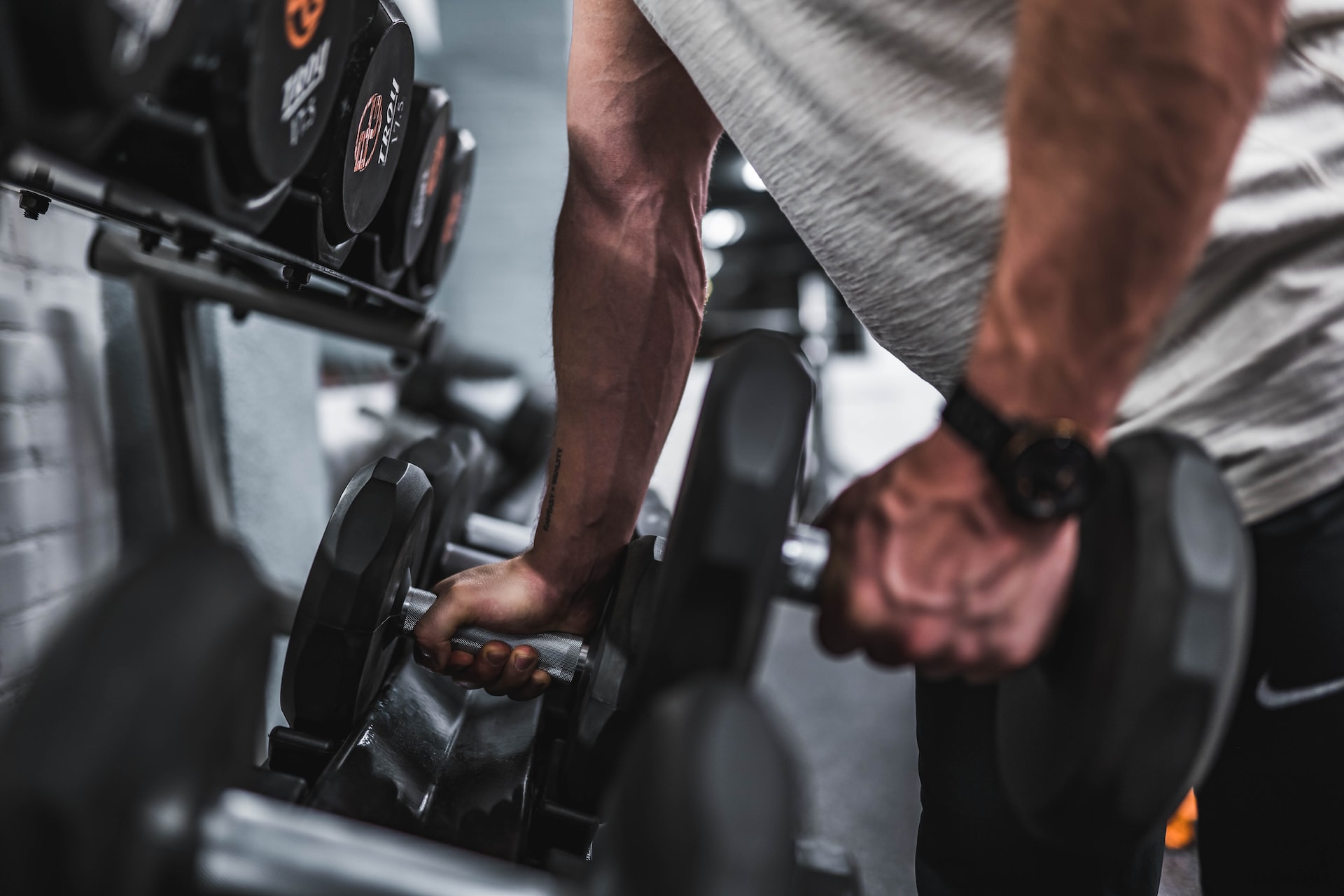
As an Amazon Associate, Modded gets commissions for purchases made through links in this post.
Weight training offers many benefits. It helps you build muscle, relieve stress and keep your mind and body healthy. If you’re dedicated enough to your nutrition, you could even sport the fabled six-pack on the beach this summer. However, you should be aware of the disadvantages of weight training as much as you are of its advantages to stay in good health while working out to be in better shape.
What Is Weight Training?
Weight training is a workout using weights as resistance to strengthen your muscles and improve their tone. It may enhance your balance and flexibility, allowing you to live more independently as you age. This activity may also reduce blood pressure, blood sugar and cholesterol levels, increase bone density, accelerate metabolism and contribute to brain health.
If you experience chronic pain, live with a heart condition and struggle with weight management, this training may be beneficial. Aside from aiding physical health, this workout may also help you be more mentally fit. Weight training may alleviate symptoms of depression, boost your self-confidence and sharpen your cognitive skills — like thinking and learning.
This workout generally involves free weights, including:
- Fixed-weight barbells with bumper, metal or fractional plates
- Olympic barbells
- Specialty bars — such as axle, cambered bench press, EZ curl, hex weight, open trap, safety squat and strongman log bars
- Adjustable, rubber hex and urethane dumbbells
- Adjustable, cast iron, and competition kettlebells
- Medicine and slam balls
- Steel clubs
- Heavy hammers and maces
- Weighted vests
- Farmer’s walk handles
- Yokes
- Sandbags
You can also do various exercises with weight machines. Examples include:
- Seated arm extension, curl or arm row
- Seated press, overhead press, leg curl or lat pulldown
- Lying leg curl
- Assisted close-grip pull-up
- Rear leg extension
- Hanging leg raise
The suitable exercise and equipment depend on your health goals, fitness level and experience. Regardless of what you aim for, how fit you are and how many times you’ve done weight training before, you should observe some of these best practices to notice gains more quickly and protect yourself:
- Take your time.
- Mind your breathing.
- Switch to a heavier weight slowly.
- Finish at least one set of every exercise.
- Put a premium on variety.
- Get plenty of rest.
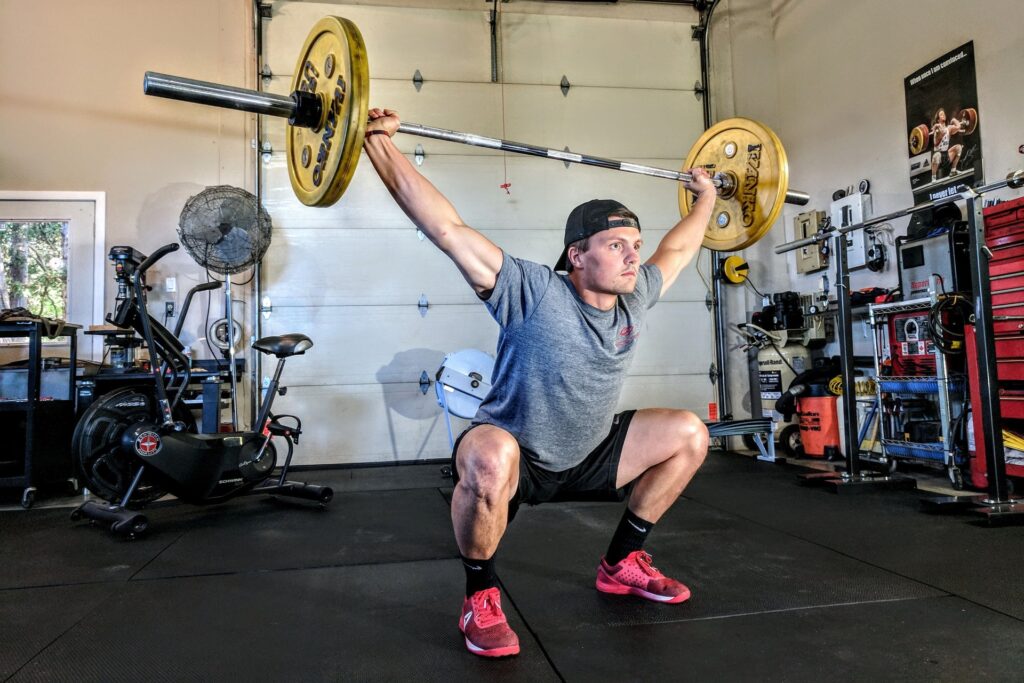
Cons of Lifting Weights
As with any other physical activity, proper techniques and planning are essential to obtaining the desired results. Otherwise, things could go terribly awry — it’s rare, but it happens. Here’s what you should know about the negative effects of heavy weight lifting and how to minimize the risks.
1. Acute Injuries
Hitting the gym isn’t inherently dangerous, but the injury statistics bear a grim warning. A study of 4,785 male and 542 female members of a U.S. Army Division revealed that 4.5% of men and 0.6% of women got hurt throughout one year of weight training. These figures translate to 0.31 and 0.05 injury incidents per 1,000 hours between the two genders. What lurks behind these fitness foibles?
The most significant weight training downside is that anyone can do it. The gym’s accessibility should be a huge benefit, but people vary widely in their fitness expertise and don’t always get their information from reliable sources. Beginners usually don’t realize their mistakes until it’s too late, which results in a sudden and often severe injury. This vicious cycle is one of the main cons of weightlifting that turns skeptics away.
As a result, far too many gym-goers use improper — even downright dangerous — techniques they see online or witness other people doing. For example, it’s not uncommon for folks doing Romanian deadlifts to strain their lower back and cause chronic back pain, which is one of the leading causes of disability.
Back strains are statistically the most common weight-training injuries, but there are many others. Shoulders, knees and elbows are also injury-prone areas because of the pressure they have to endure. These disadvantages of lifting heavy weights often scare people away from specific exercises.
What’s your best bet for avoiding injury? Hire a personal trainer — even if only for a session or two. You might even get this service for free. Many fitness facilities help new members learn proper weight-lifting techniques as part of the package. Please take advantage of this benefit if offered.
You might also consider sticking with strength training machines instead of heading to the free weights — especially if you’re a novice. The fixed nature of these devices reduces your injury risk by operating in a fixed range of motion to guide weights up and down. You won’t work as many complementary and opposing muscle groups, but you’ll prevent unnecessary strain.
Another pro-tip: go light. Far too many injuries occur when people bite off more than they can chew — a classic example involves getting pinned under a bench press bar. It also helps to have a spotter, even if they aren’t a professional trainer. They can help you with those heavy lifts and critique your form. Plus, working out with a buddy motivates you to stick with the program.
2. Overtraining
Most people understand the “weekend warrior” syndrome: you remain relatively sedentary all week, then hit the gym hard on the weekends. Come Monday, you hobble back into the office with every part of your body screaming.
Overtraining — which happens to be one of the disadvantages of powerlifting — is a significant risk of weight training. It can occur when you work out at an intensity level that is too high for too long without a break while ignoring the subtle signs that you should slow down. Ironically, training too hard or too frequently can derail your progress because it can result in injuries or performance plateaus.
How can you recognize when you’ve pushed past your limits? Look for the following signs:
- Persistent soreness: While many people experience delayed-onset muscle soreness when starting an unfamiliar strenuous exercise, you shouldn’t always feel sore. If your muscles continuously ache throughout your training or randomly experience spasms during the day, you should take things down a notch.
- “Heavy” muscles: No, we’re not referring to your bulk. Rather, this heaviness is a subjective feeling — you might find it challenging to do basic physical activities throughout the day, such as walking up a flight of stairs, sitting on the toilet or doing household chores.
- Increase in tension, anger or confusion: One of the overlooked cons of weight training is how physical exercise can negatively impact your mental state. Overtraining can increase the stress hormone cortisol, aggravating your mood and making you anxious.
- Inability to relax and poor quality sleep: Going too hard also keeps your central nervous system in a constant “high alert” state. As a result, you may feel perpetually restless and find it impossible to stay asleep even though you’re exhausted.
There is a common misconception among fitness beginners that you need to train two or three hours a day. This idea could not be further from the truth. Generally, most of your workouts should take at most one hour to maximize the benefits. After one hour, the benefits plateau. After two hours, you’re doing more harm than good.
Aside from the above disadvantages of weight training, too frequent longer workouts can lead to burnout and more likely to quit your program. You must train in moderation for the good of your physical and mental state.
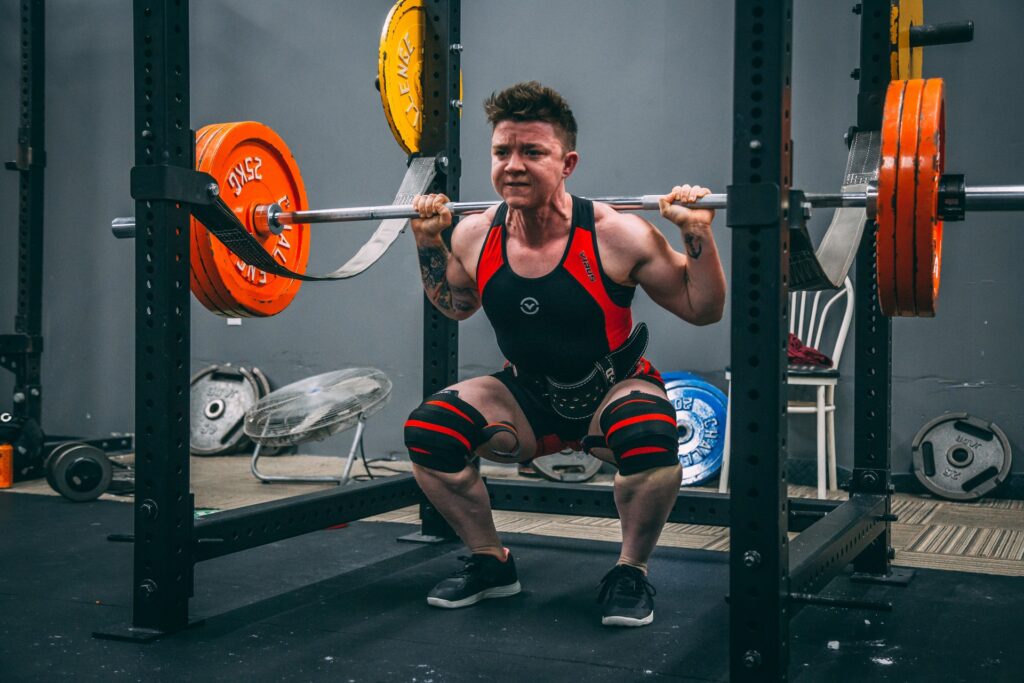
3. Joint Damage
Lifting something heavy can result in joint strains and sprains, which is ironic because exercising can ease your pain if you have arthritis. It builds the muscle around your joints so your cartilage doesn’t have to do all the work. Whether you benefit from healthier joints depends on your form and the resistance level you select.
You can avoid or minimize joint pain by following these tips:
- Warm-up: Your warm-up is the place for dynamic stretching. Moves like lunges and squats without weights prepare your lower body, while tai chi twists and shoulder rolls prepare your upper body for action.
- Stay light: Treat weight training like the tortoise and the hare. You’re in this for the long haul. Therefore, stay on the lighter side with your weight selection, gradually increasing as it feels safe. You’ll never become one of the hulking behemoths you admire if you spend half your time on the disabled list.
- Maintain proper posture: Focusing on your form when working out is more important than transitioning to a heavier weight. Good posture protects your muscles as you build them and removes unnecessary stress on your joints. You can get better results when you can concentrate on your form and maximize your full range of motion even if you lift lighter weights.
- Perform various exercises: Mixing things up enables the joints you frequently use when doing your favorite activities to recuperate. Target a different body part in every lifting session to avoid overworking your joints and experience less pain.
- Cool down: You should stretch — and rest. Taking adequate time allows your body to repair the microscopic tears that lead to strength gains.
- Stick to your program: It may take 6-8 weeks for your joints to get used to your training. The more you commit to it, the more your body becomes accustomed to your level of activity.
- Listen to your body: Every day in the gym is different. Minor changes in hormonal or hydration levels can impact performance. You could even have a mild infection without knowing it — you may only feel more tired than usual. Honor your body’s cues and take it easy when need be.
- Use a trainer: A credentialed exercise coach can point out what you do wrong and teach you safe workout habits. Comparing notes with fellow gymgoers helps, but no opinion matters more than professional advice. Listening to average fitness enthusiasts may endanger your joint health and sabotage your strength goals.
- Seek physical therapy: If your joint problems are ongoing, consider visiting a physical therapist. Massage therapy or chiropractic therapy could be the solution you’re looking for.
- Wear supportive equipment: You can wear a weight lifting belt along with sleeves or wraps on your elbows, knees and wrists to increase stability and safety during heavy lifts.
Moreover, you may feel joint pain due to improper diet. You should eat anti-inflammatory foods — such as beans, berries, fish and green tea. You could also take a collagen protein supplement to improve skin and joint elasticity.
4. Tight Muscles
Everyone’s flexibility range differs. You could find yourself limited compared to your previous stretching ability. Although you can gradually improve your flexibility with specific activities, your genes, age, height and injury history may limit your range of movement.
Fortunately, you can address this concern more easily than the other items on this list. You will see noticeable benefits to your tight muscles by performing some post-workout flexibility exercises. You can do this simple routine at the gym or home with some resistance bands whenever you can.
Additionally, you should devote your rest day to yoga practice to balance strength with elasticity. Strength training can still be the foundation of your exercise routine, but mixing in other workout styles is always a good idea so you don’t have any significant weaknesses.
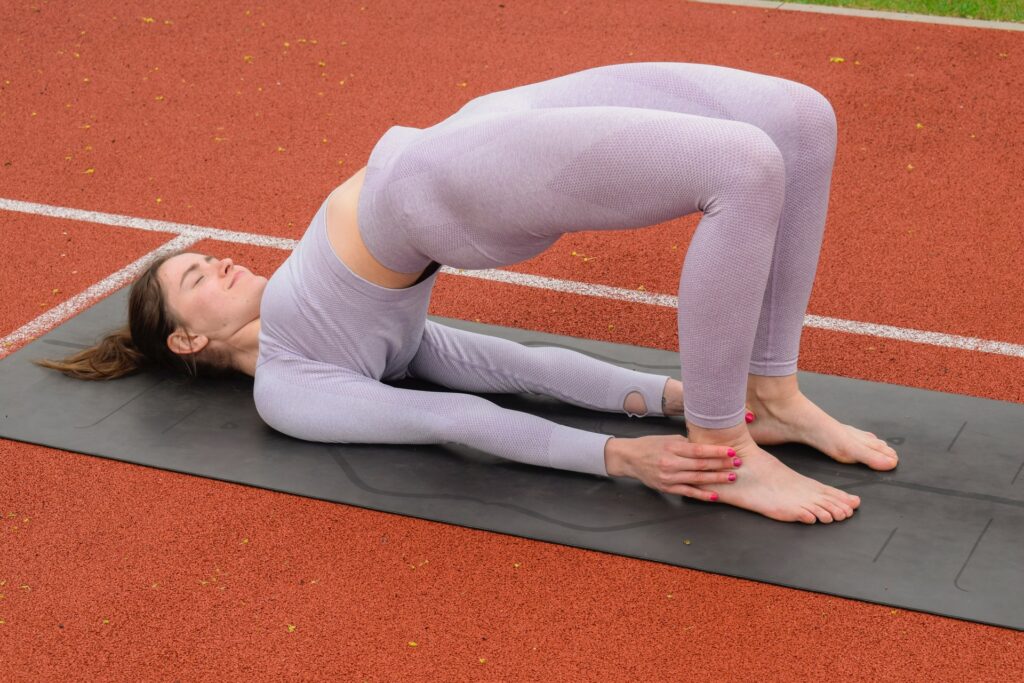
5. Arterial Tears
If the thought of tearing open a major blood vessel inside your body scares you, it should. Arterial tears are probably the scariest disadvantage of lifting heavy weights. Although women mainly deal with spontaneous coronary artery dissection, men may sustain it after carrying a heavy object or doing strength training. Occasionally, other blood vessels — like the celiac artery — may also incur damage.
If you want to avoid rupturing a blood vessel at all costs but don’t want to give up strength training, avoid the heaviest exercises — like the bench press, deadlift or squat. Most arterial tears occur in a powerlifting setting when performing these three compound movements. Stick to machines, cables and lighter free weights.
Avoid the Disadvantages of Weight Training
Strength training is one of the best physical activities you can do. It tones your body while benefiting your mental health. It can even help you meet friends and make meaningful business connections in the gym.
However, you have to recognize the risks. Now that you know the disadvantages of weight training, you can take adequate measures to make your next sweat session safer and more productive.
Want to learn to weight train safely and effectively? Check out our breakdowns of the best lifting routines for lean muscles and mastering the proper form for lifting.
Originally written 2/5/2023 — Updated 5/13/24
Stay up to date with the latest by subscribing to Modded Minute.
Author
Jack Shaw is a senior writer at Modded. Jack is an avid enthusiast for keeping up with personal health and enjoying nature. He has over five years of experience writing in the men's lifestyle niche, and has written extensively on topics of fitness, exploring the outdoors and men's interests. His writings have been featured in SportsEd TV, Love Inc., and Offroad Xtreme among many more publications.


